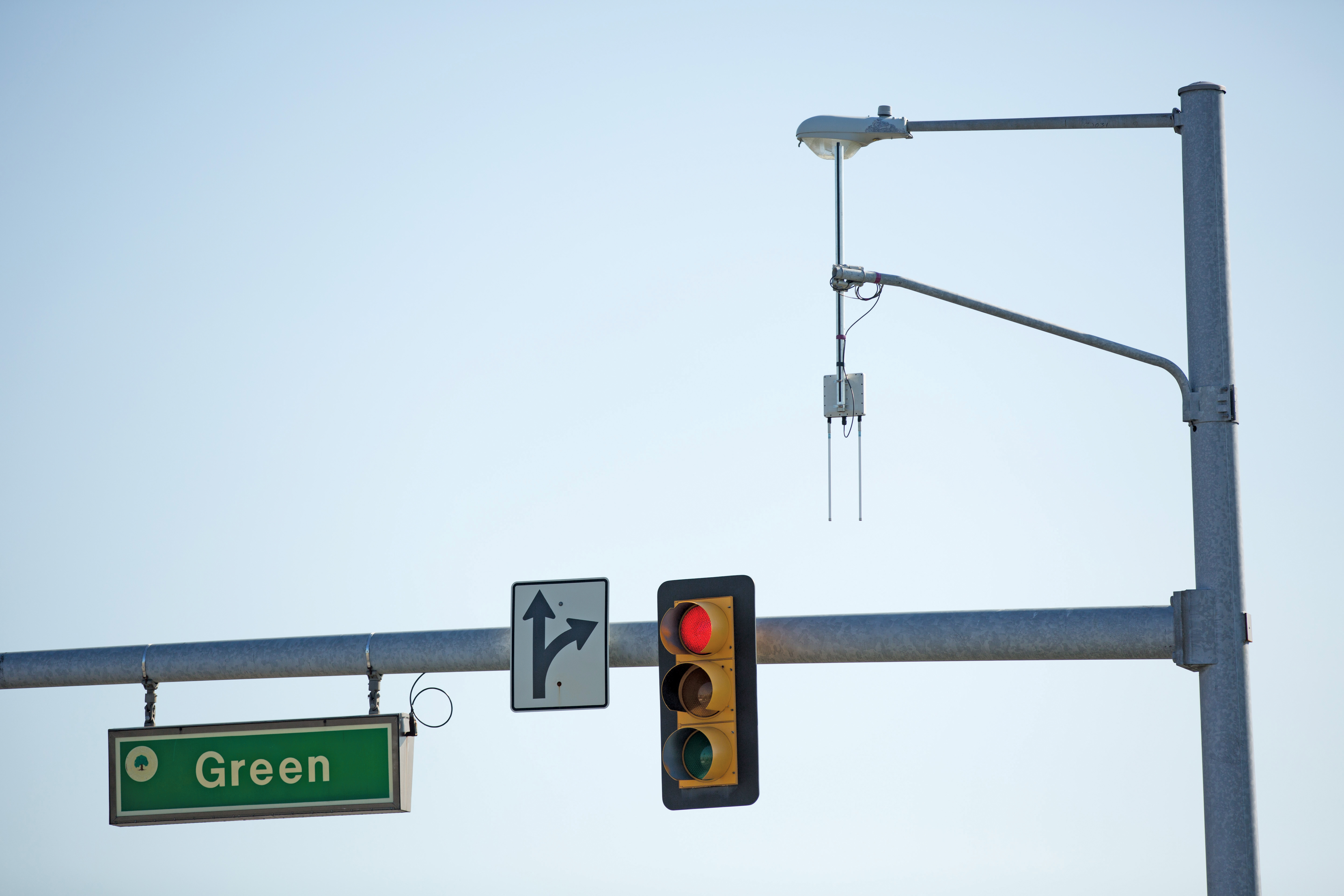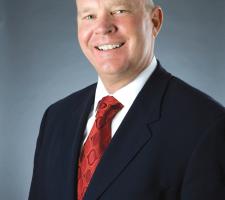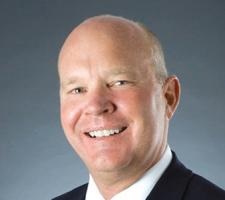
Back in 1999, the FCC allocated the 5.9GHz band for ITS safety applications based on DSRC and it has served as the platform for the US Connected Vehicle Research Program ever since
Scott Belcher of ITS America explains why moves towards spectrum sharing in the 5.9GHz band should not be allowed to proceed until further analysis of the risks to road safety has been undertaken.
The ability to move people and goods safely and efficiently has always had a direct impact on a country’s economic advantage and its citizens’ quality of life. It is estimated that by 2050, the number of vehicles around the world is set to double to two billion, placing enormous demands on the global transportation infrastructure and on the networks designed to support them.In the United States, the future of a safe, efficient and convenient transportation network increasingly depends on the use of information and communications technologies.
Last month at the World Economic Forum’s 2013 annual meeting in Davos, leaders from around the world gathered to collaborate and discuss activities shaping global, regional and industry agendas. Part of this year’s conversation focused on how connected vehicle technology and other intelligent transportation systems (ITS) will forever transform mobility.
In fact, vehicle connectivity is likely to bring about more change in the automotive industry and the driving experience than perhaps we have seen since Henry Ford first mass-produced the Model T.
Today we stand on the cusp of the next stage in roadway safety and mobility. The evolution of a modern transportation network in which vehicles can communicate in real time with each other and with the world around them is key to keeping people safe and our economy moving.
Connected vehicles
TheIn August 2012, the USDOT-sponsored Connected Vehicle Safety Pilot was launched in Ann Arbor, MI, in which nearly 3000 cars, trucks and transit buses have been equipped with Dedicated Short Range Communications (DSRC) radio devices to collect V2V and V2I performance data. This data will be used by the National Highway Traffic Safety Administration (NHTSA) to inform a potential regulatory decision in late 2013 for new light-duty vehicles, and in 2014 for new heavy-duty vehicles. That decision will be a major milestone in the broad scale implementation of V2V and V2I communications systems in the United States.
While momentum is building toward connected vehicle implementation, parallel efforts by US policymakers to open up more spectrum for Wi-Fi applications threatens to undermine the entire connected vehicle program – potentially flushing years of research and development and hundreds of millions of taxpayer and private sector dollars down the drain.
In 1996, the USDOT, its agency partners and
Recognizing that V2V and V2I communications would make the transportation system safer, smarter and more efficient, the National Architecture identified DSRC as a critical element in the deployment of new ITS applications.
In order to prevent vehicle crashes, connected vehicles would rely on DSRC to support high-speed, secure and reliable wireless communications among moving vehicles and between vehicles, roadside infrastructure and mobile devices.
The following year, ITS America petitioned the Federal Communications Commission (FCC) to allocate seventy-five megahertz (MHz) of spectrum in the 5850-5925 MHz (5.9 GHz) band for ITS. As the result, the FCC in 1999 allocated the 5.9GHz band for ITS safety applications based on DSRC, and this has served as the platform for the US Connected Vehicle Research Program.
In an effort to continue to support ITS deployment, the FCC further established licensing and service rules in 2003 for the DSRC service in the 5.9GHz band. USDOT committed to leveraging DSRC networks as the foundation and future of connected vehicle technologies and many of the ITS services that are planned or already in use rely upon them.
Key, however, to the deployment of this life-saving communications system is the assurance that dedicated spectrum in the 5.9GHz band will remain free from harmful interference.
Spectrum crunch
As a result of the proliferation of new Wi-Fi products and services, with even greater Wi-Fi applications on the horizon, policymakers in the US have begun looking in earnest at areas of underutilized spectrum that could be opened up to help alleviate the looming spectrum shortage.As part of this effort, the US Congress last year passed the Middle Class Tax Relief and Job Creation Act, which among other things directed the National Telecommunications and Information Administration (NTIA) to examine the potential for spectrum sharing in the 5.4GHz and 5.9GHz bands. The law asked NTIA to evaluate “known and proposed spectrum-sharing technologies” and the potential risks if unlicensed devices are permitted to operate in that band.
On January 25 this year, the NTIA issued its initial report on the potential use of up to 195 megahertz of spectrum in the 5GHz band by Unlicensed-National Information Infrastructure (U-NII) devices. The report expressed concern about the potential risks associated with introducing a substantial number of new, unlicensed devices into the 5.9GHz band without proper safeguards and agreed with concerns expressed by ITS America and our partners that further analysis is needed to determine whether and how the multiple risk factors could be mitigated.
FCC announcement
While the NTIA laid out a two-year process for testing and evaluating the potential risks associated with spectrum sharing in the 5.9GHz band,Raising additional concerns is that instead of waiting for the NTIA evaluation process to take place, the FCC has announced that it plans to issue a Notice of Proposed Rulemaking regarding the 5GHz band at its next open meeting scheduled for late February.
While conversations with the FCC, NTIA, USDOT and other policymakers are ongoing, ITS America is asking FCC officials to allow for due diligence by ensuring that any timelines contained in a proposed rulemaking relating to the 5.9GHz band are consistent with the NTIA schedule for completing its quantitative evaluation and issuing final recommendations.
Furthermore, ITS America is requesting the FCC’s action does not precede a decision by USDOT regarding implementation of a connected vehicle network.
ITS America’s membership spans a broad cross-section of the transportation and technology communities and we understand and support efforts to identify spectrum that may be utilized to ease the predicted spectrum shortage and expand Wi-Fi applications.
Nevertheless, with over 30,000 preventable deaths on our nation’s roads every year, it is critical that efforts to free up additional spectrum do not come at the expense of life-saving technologies.
- Scott F Belcher is president and CEO of the Intelligent Transportation Society of America. Follow him on Twitter @scottbelcher3 and join the conversation @ITS_America.







